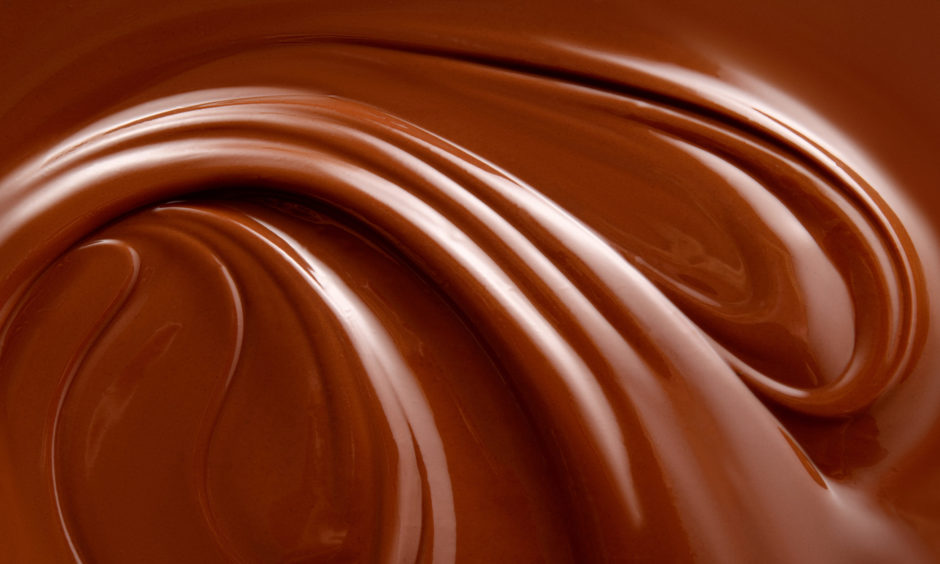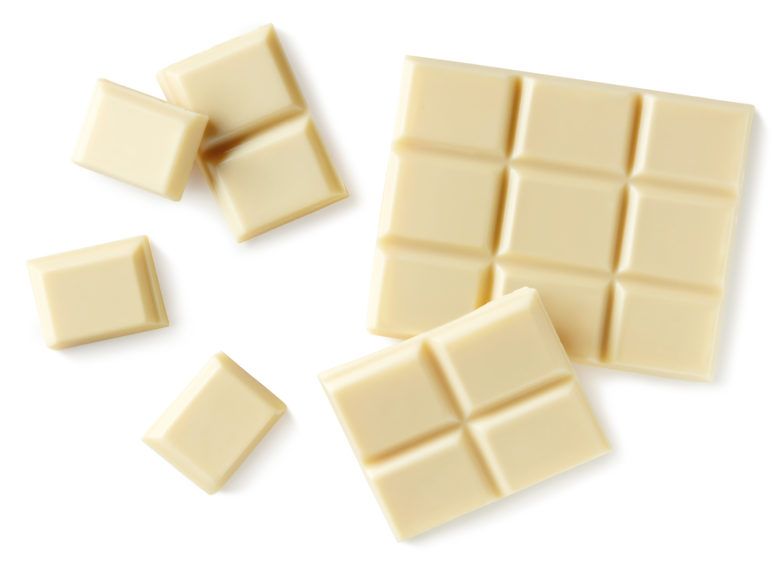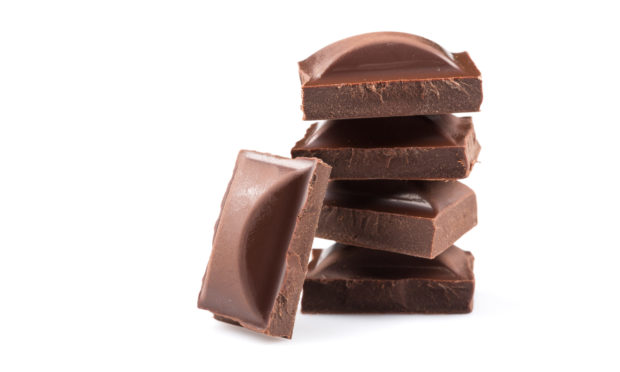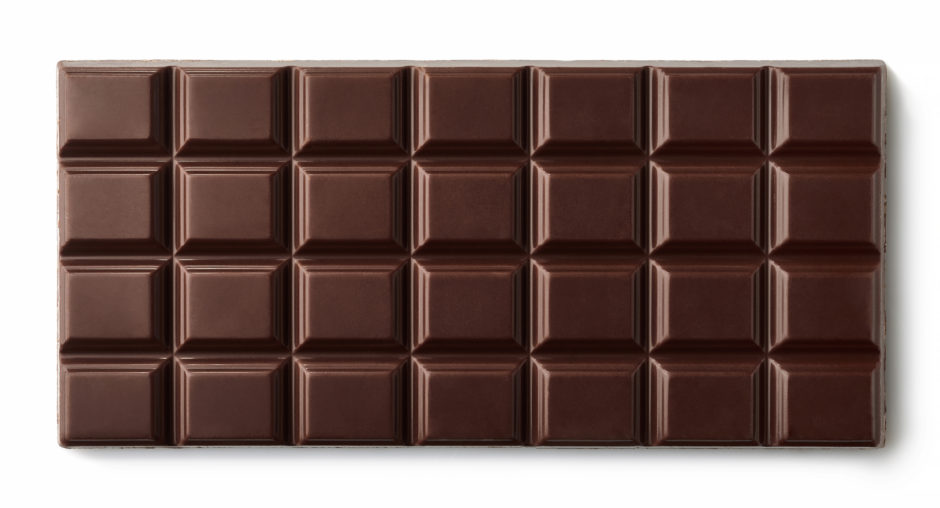With researchers in the US developing an antioxidant-enriched milk chocolate, Clare Johnston looks at which types are currently best for us – and if we’ll ever be able to tuck into the sweet stuff guilt-free.
It’s the sweet treat that few of us can resist, but milk chocolate is about to get a healthy makeover.
That’s because scientists in the US have discovered a way of enriching it with antioxidants at levels usually found in dark chocolate.
Antioxidants are believed to help reduce inflammation in the body which in turn helps lower the risk of a number of chronic illnesses, including cancer.
The scientists in the US say they are using an extract from peanut skins to add antioxidants to milk chocolate – but would that alone make it a healthy option?
Nutritional therapist Jackie Forbes says while an antioxidant-enriched chocolate bar might seem like the answer to all our prayers, nothing beats the real deal when it comes to eating well.
She said: “It is important to focus on wholefoods which are largely unprocessed. Enriching what is essentially a ‘junk food’ with antioxidants from peanut skins could potentially give consumers the impression that eating milk chocolate, loaded with sugar, is a positive food to be consuming.
“Why not encourage people to increase their fruit and vegetable intake instead? I certainly don’t agree with fortifying processed junk foods with vitamins, minerals or antioxidants – let’s eat the real deal instead! Remember, too, that even dark chocolate is high in calories and fats so a few squares per day is the way to go.”
The different types of chocolate
Dark
If you’re looking for a healthier chocolate, Jackie recommends you look no further than dark varieties which are already a source of antioxidants and are typically lower in sugar too – particularly if you opt for a higher percentage of cocoa solids.
She said: “Dark chocolate made from the seeds of the cacao tree has some of the highest antioxidant levels found in any plant food, including polyphenols and flavonoids, which are commonly associated with superfoods like blueberries.
“Antioxidants are vital for helping our bodies clear the oxidative damage produced as a result of everyday life and protect our cells from damage. There have also been some promising clinical studies on the heart health benefits of cacao flavanols. The level of antioxidants depends on the cacao bean and how it was grown, and there will also be losses during processing. But by consuming organic chocolate there will be less damage as a result of pesticide spraying.
“Dark chocolate is made by adding fat and sugar to cocoa. With good levels of fibre and minerals, dark chocolate is generally a nutritious source of food when eaten in moderation. Bars containing 65-70% cacao solids will, however, contain a fair amount of sugar. The higher the level of cacao solids, the lower the level of sugar, so ideally look for a dark chocolate which contains very few ingredients and with sugar last on the list. Sugar is added due to the bitter taste of dark chocolate but the levels vary greatly between manufacturers so it’s worth looking at the label.”

Milk
“A bar of milk chocolate generally only contains around 20-35% cacao solids and therefore also has fewer antioxidant compounds than dark chocolate,” says Jackie.
European Union regulations specify that a minimum of 25% cocoa solids should be used in milk chocolate, but an agreement was reached in 2000 that allowed UK chocolate to contain only 20% cocoa solids. In the US, cocoa solids need only make up 10% of chocolate content.
Most milk chocolate sold today is a combination of cocoa solids, cocoa butter or added vegetable oils, and sugar, plus either powdered or condensed milk.
Typically milk chocolate will contain more than 50% sugar – a Cadbury’s Dairy Milk bar is 56% sugar.
Last year researchers revealed the amount of sugar in chocolate bars sold in the UK had soared over the past 30 years, with bars produced by Cadbury, Nestle and some supermarkets that were 44% sugar by weight in 1992, now 54% sugar on average. Researchers said a rise in the cost of cocoa could be to blame.
For health-conscious chocolate lovers, it means a switch to dark chocolate with a higher cocoa percentage could radically reduce your sugar intake while still giving you your fix – though it will taste a little less sweet.

White
The first fact to digest about white chocolate is that it isn’t technically chocolate because it doesn’t contain cocoa solids like dark and milk chocolates do. But, it does usually contain cocoa butter, so that makes it chocolate-ish, and the butter does carry antioxidants which means there is a health perk – just not in the same league as a good-quality dark chocolate.
Like milk chocolate it’s high in sugar (typically around 55%) and is commonly made with powdered or condensed milk.












